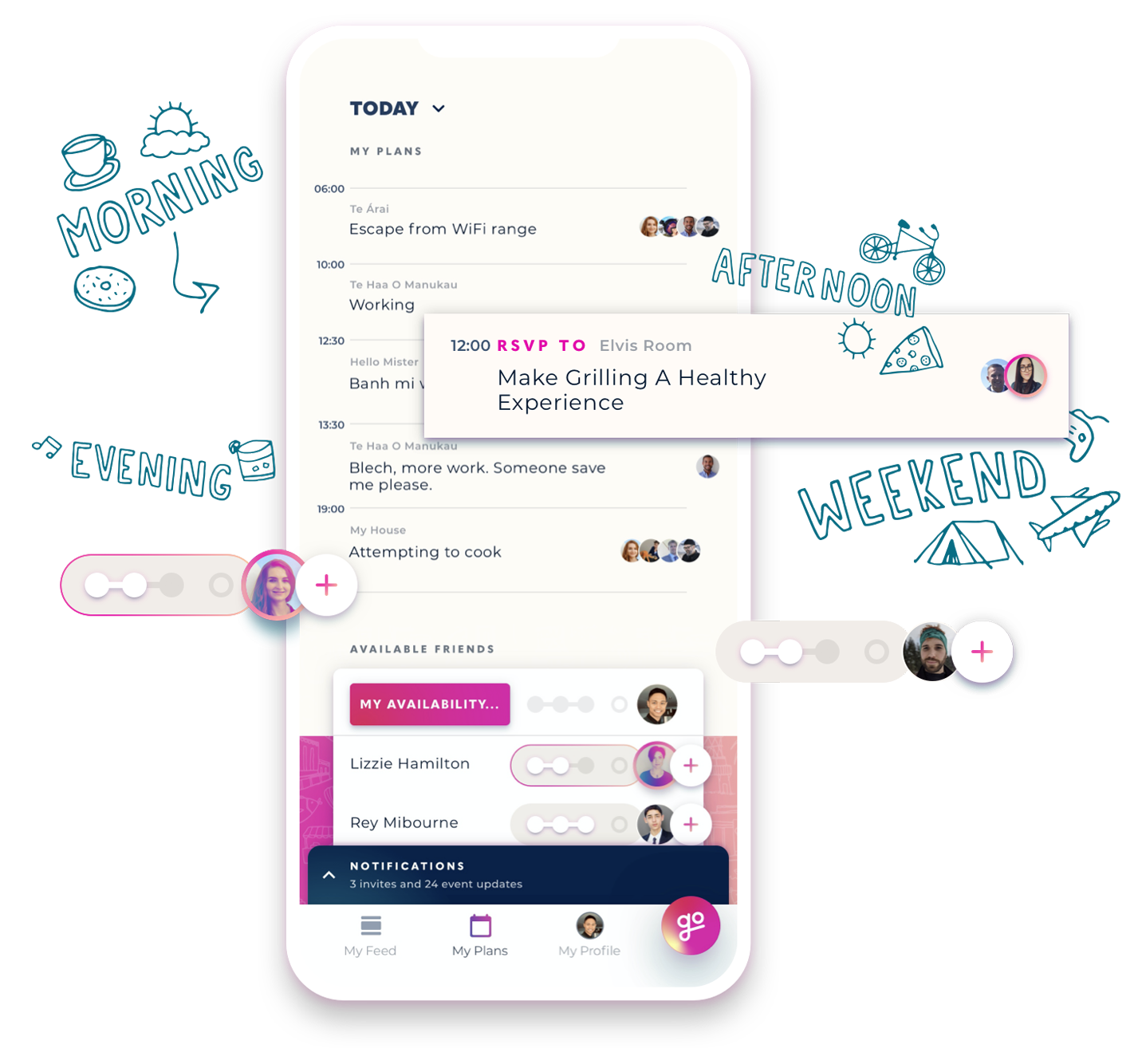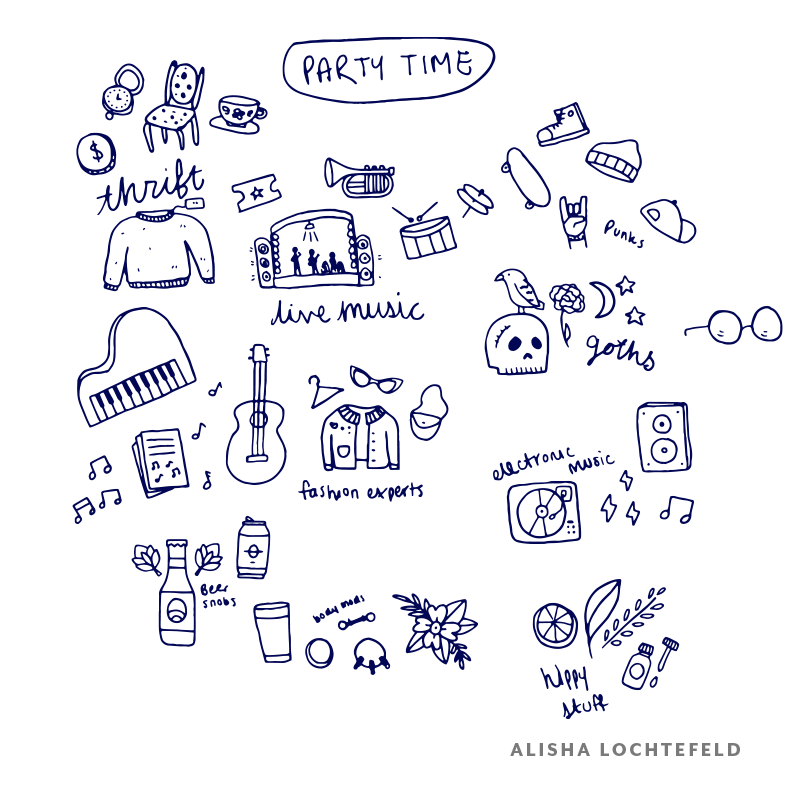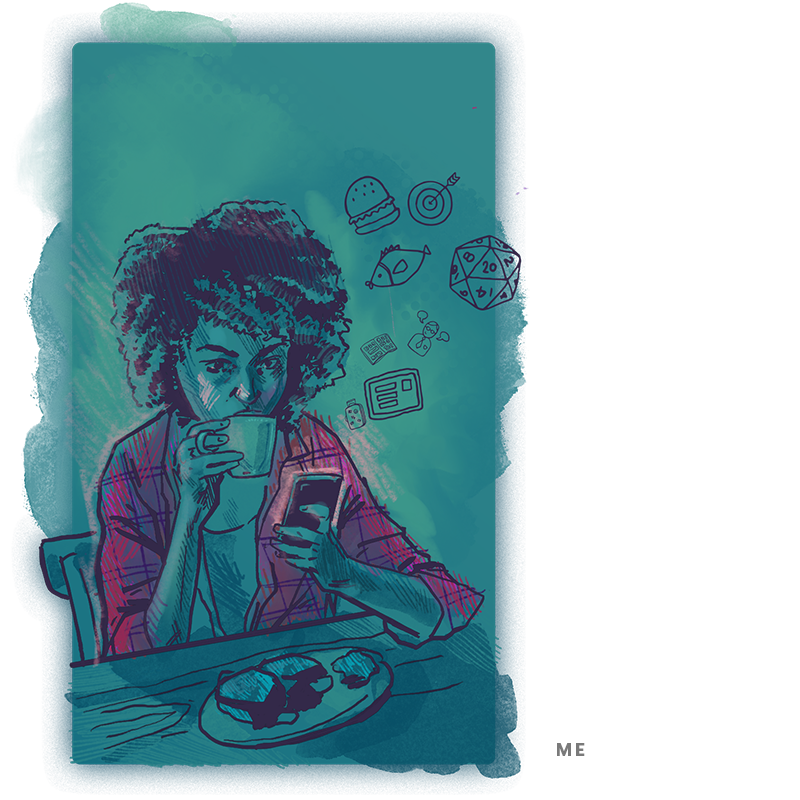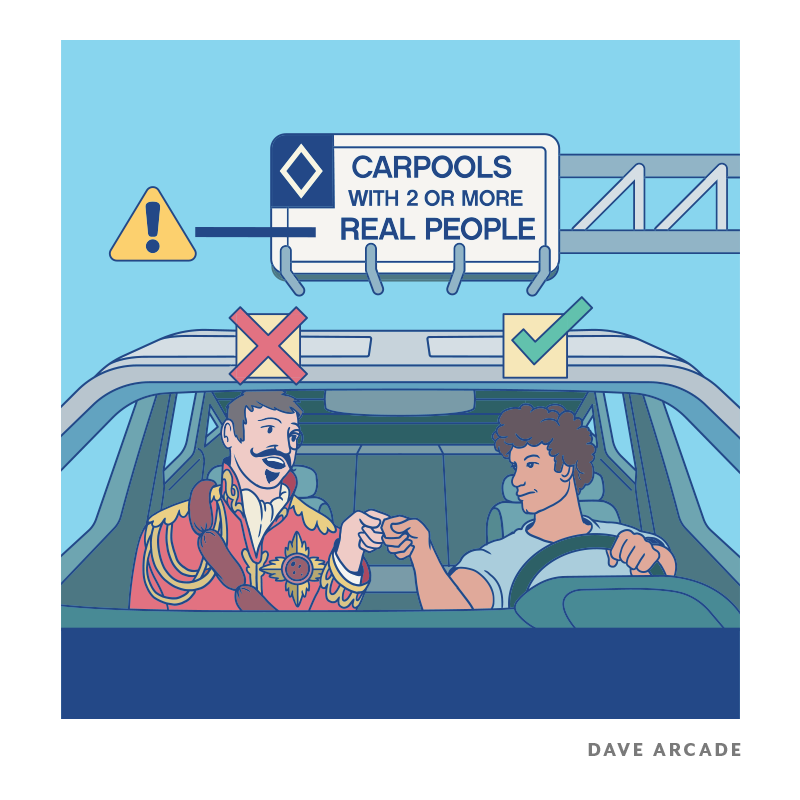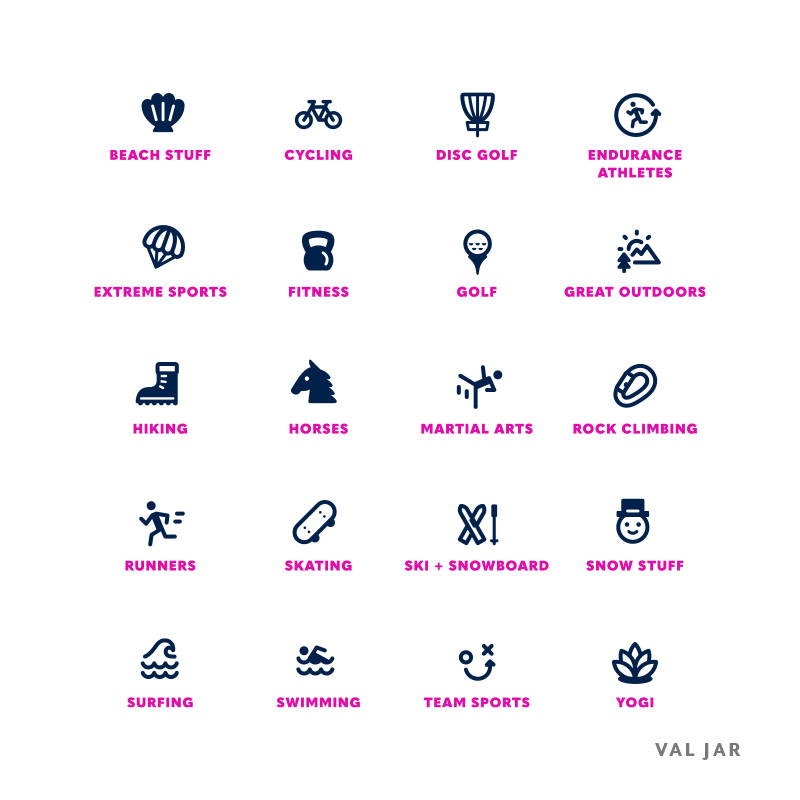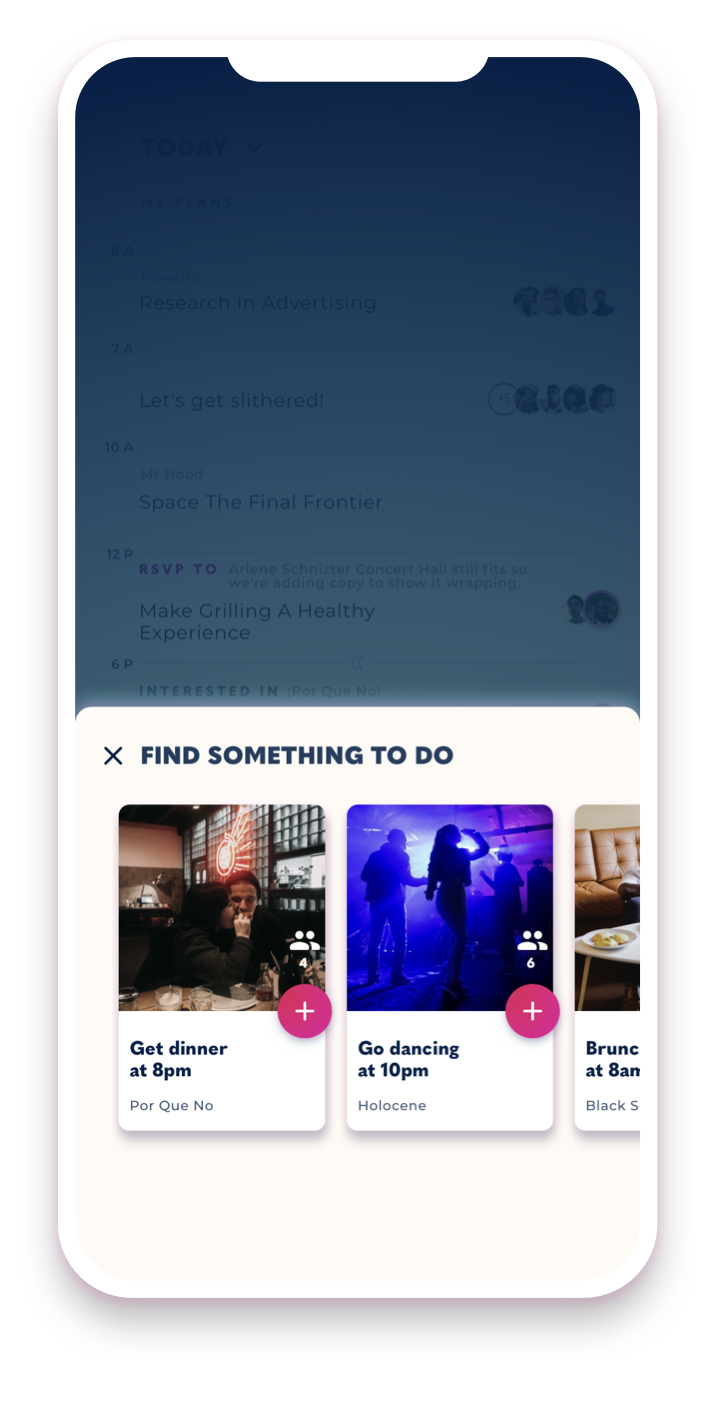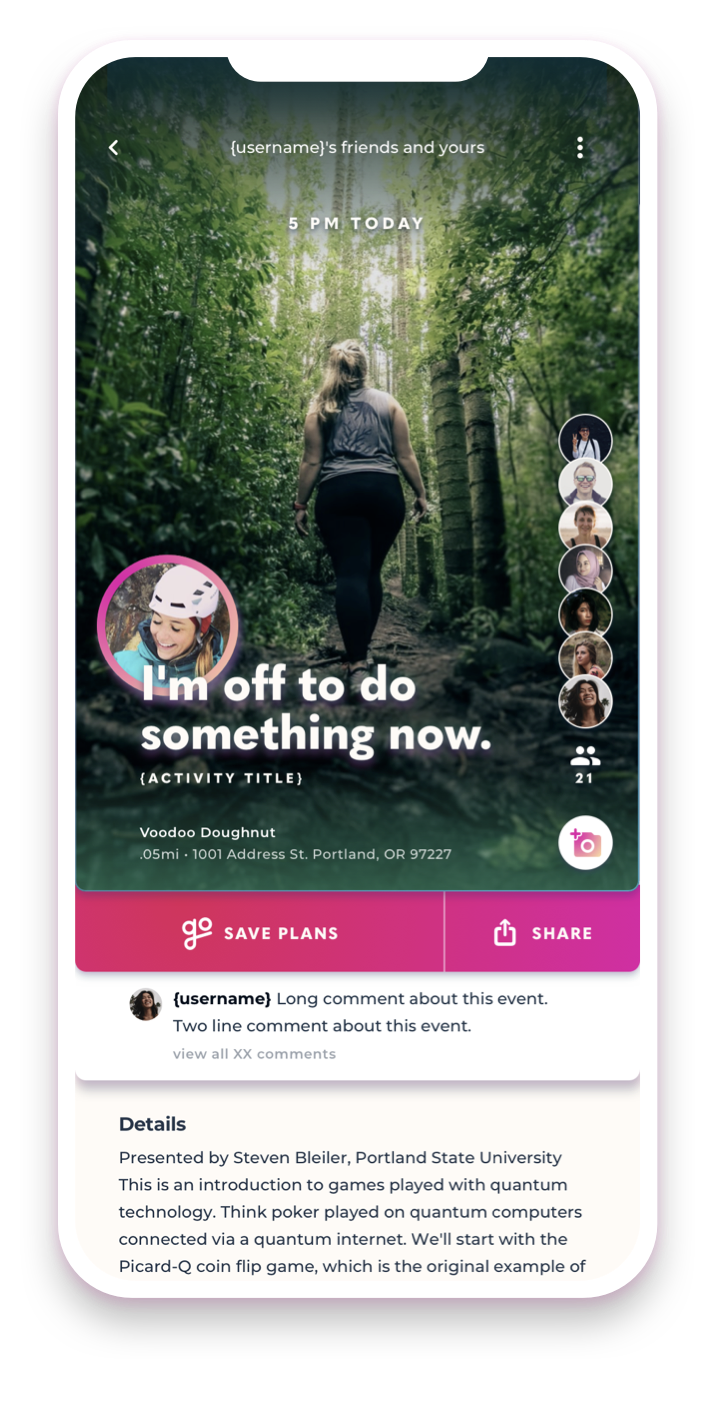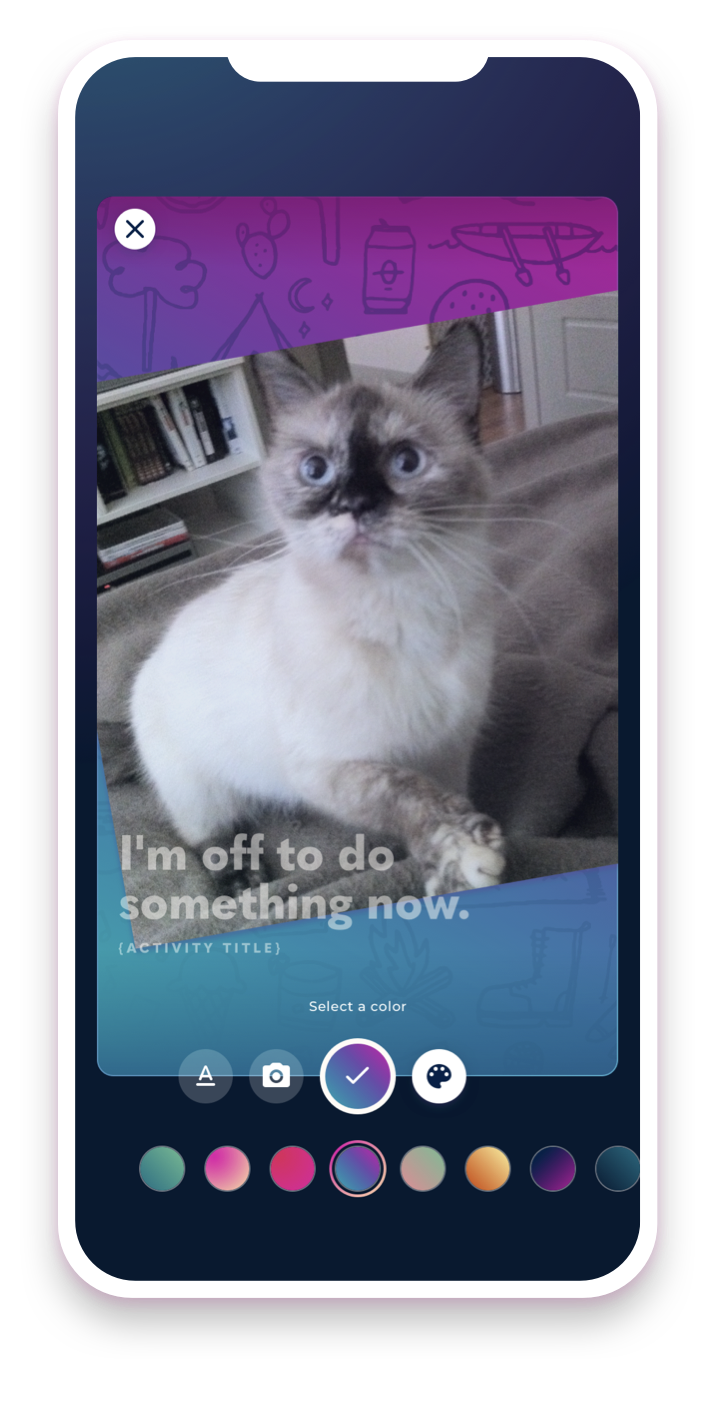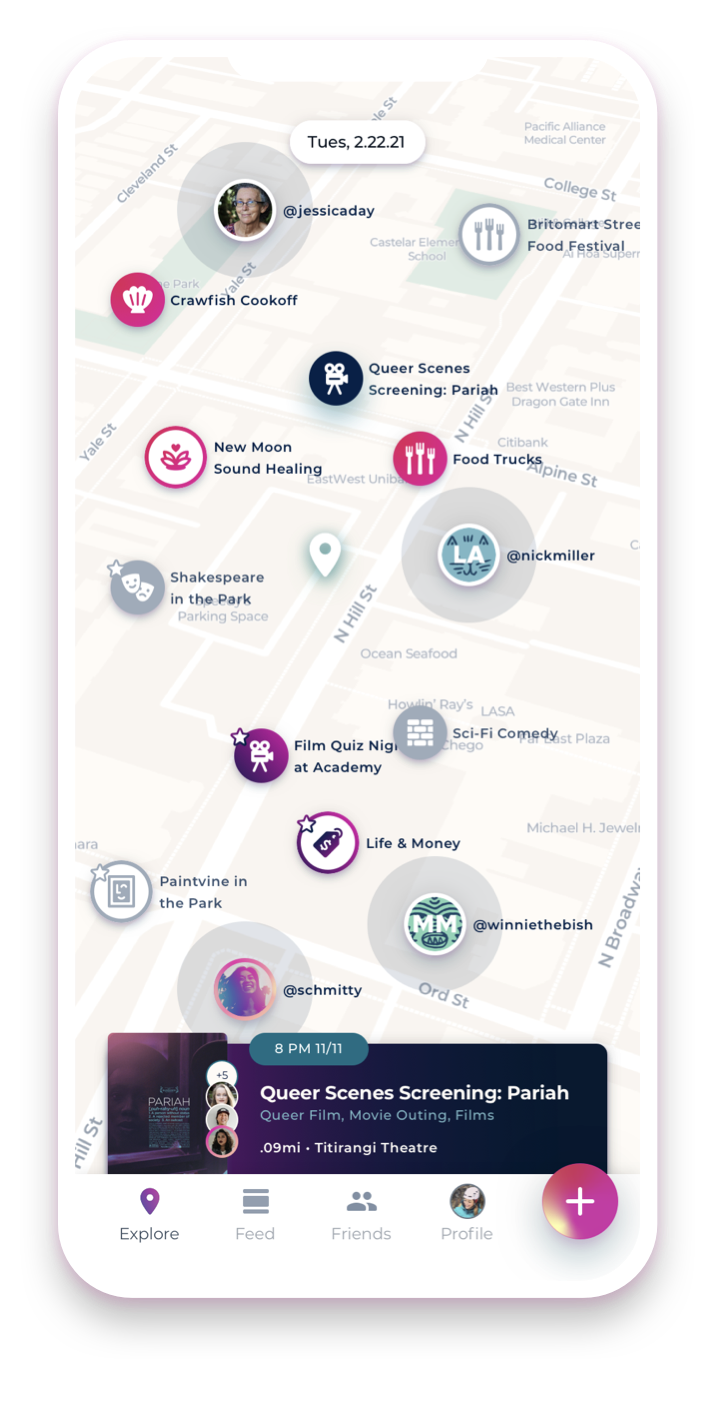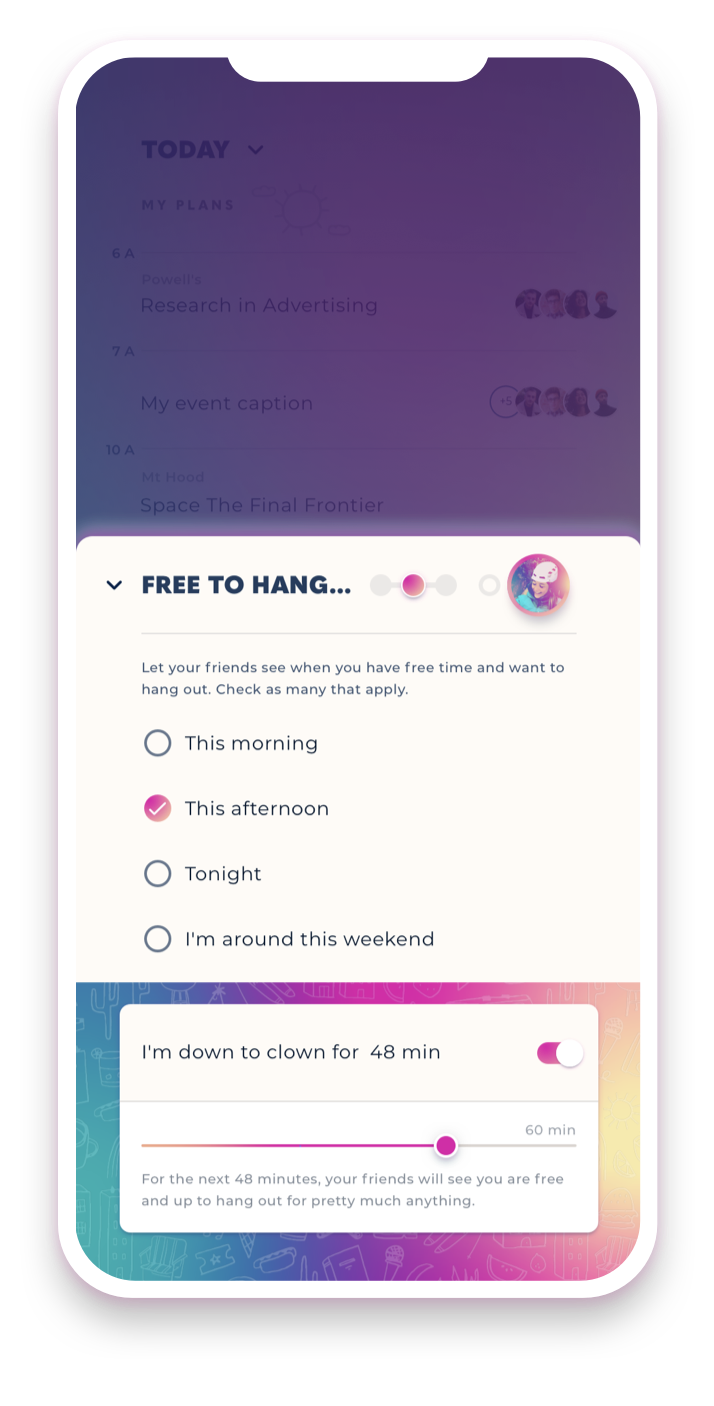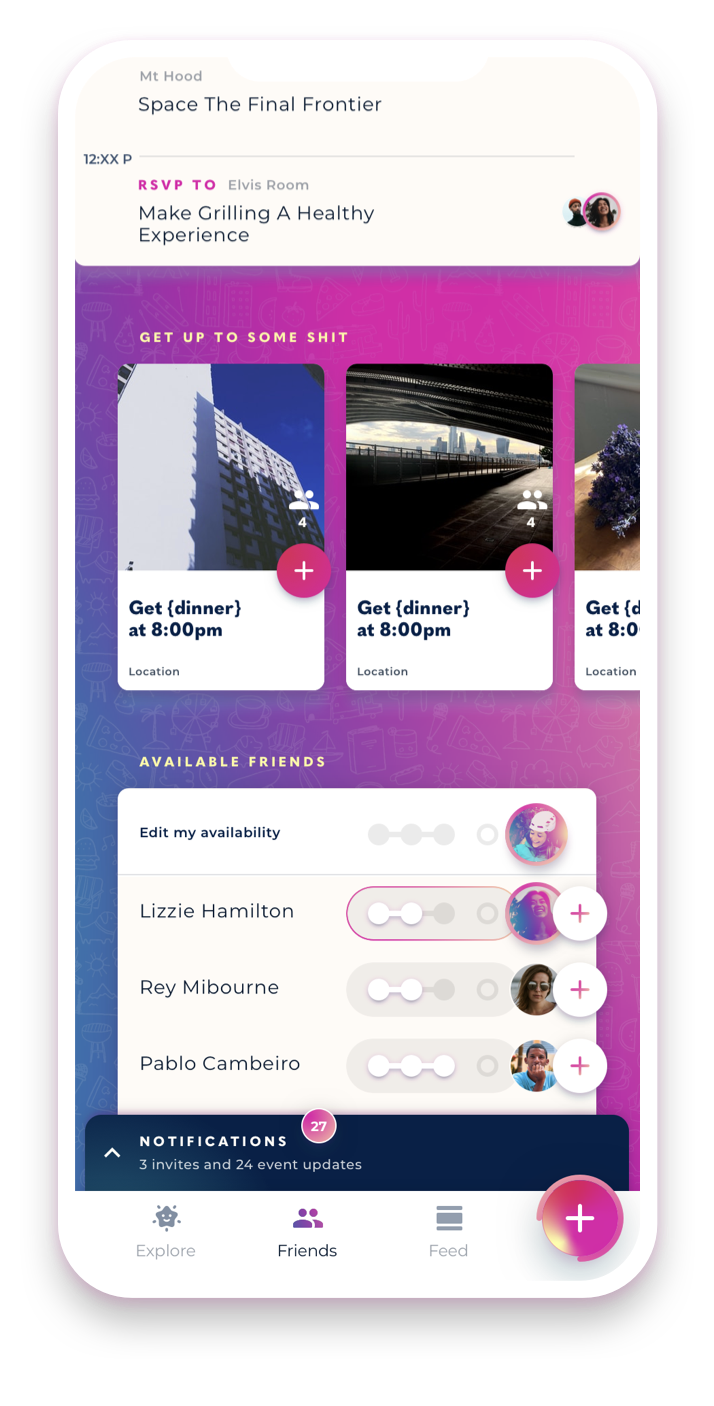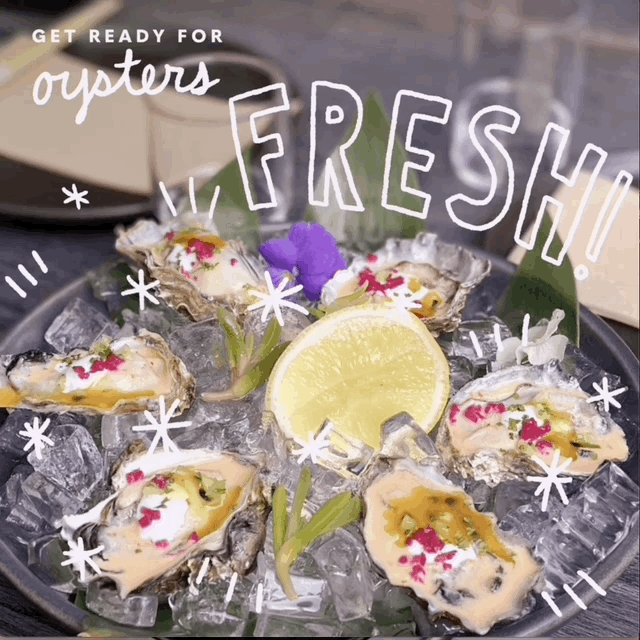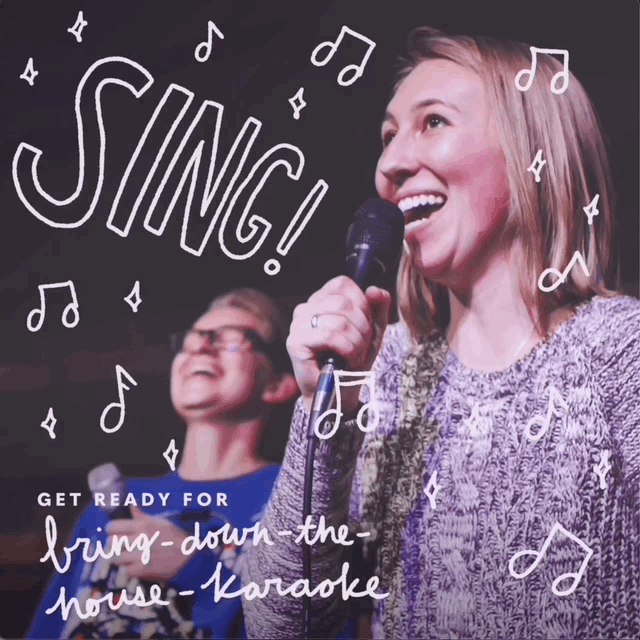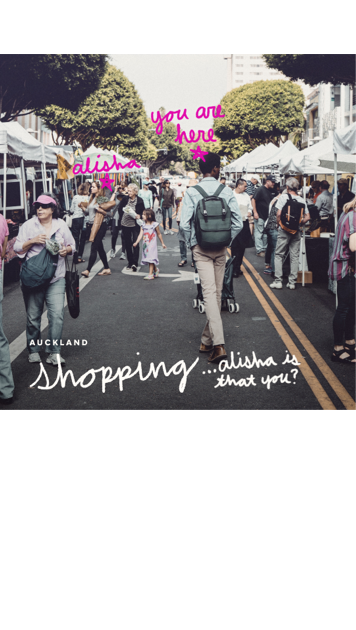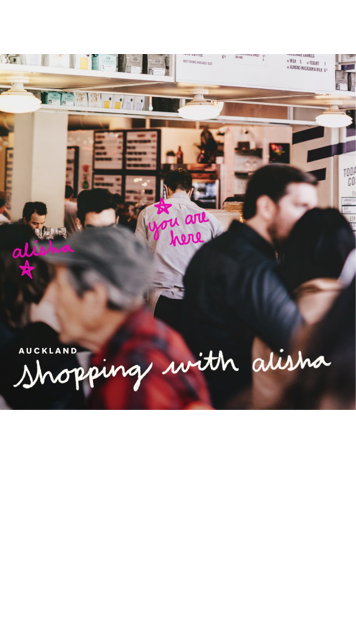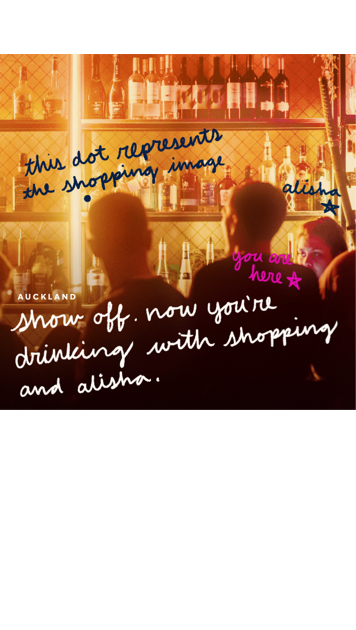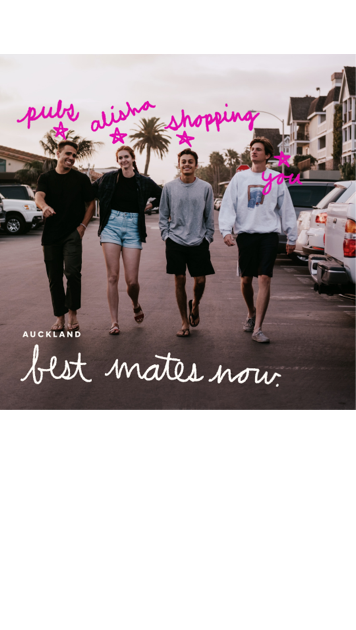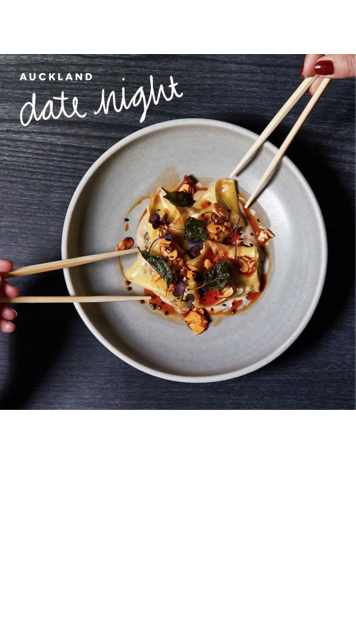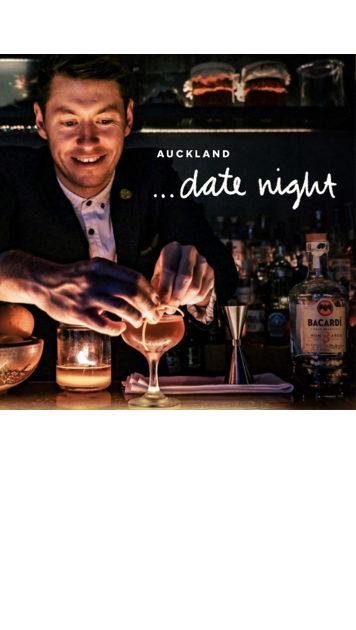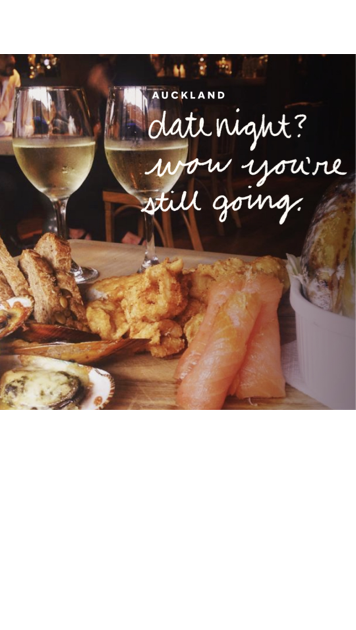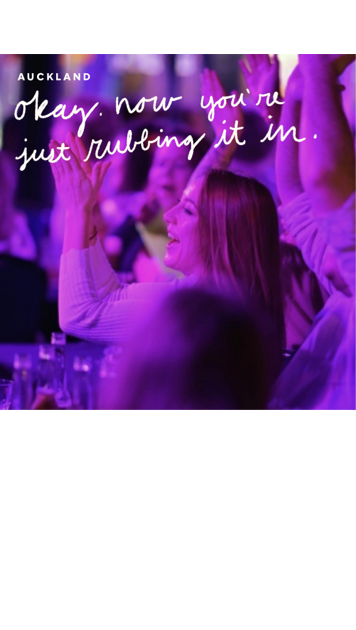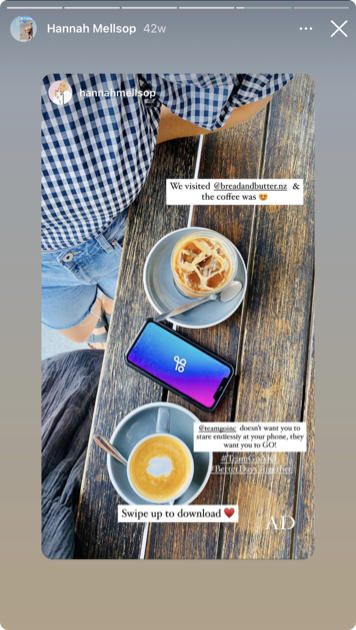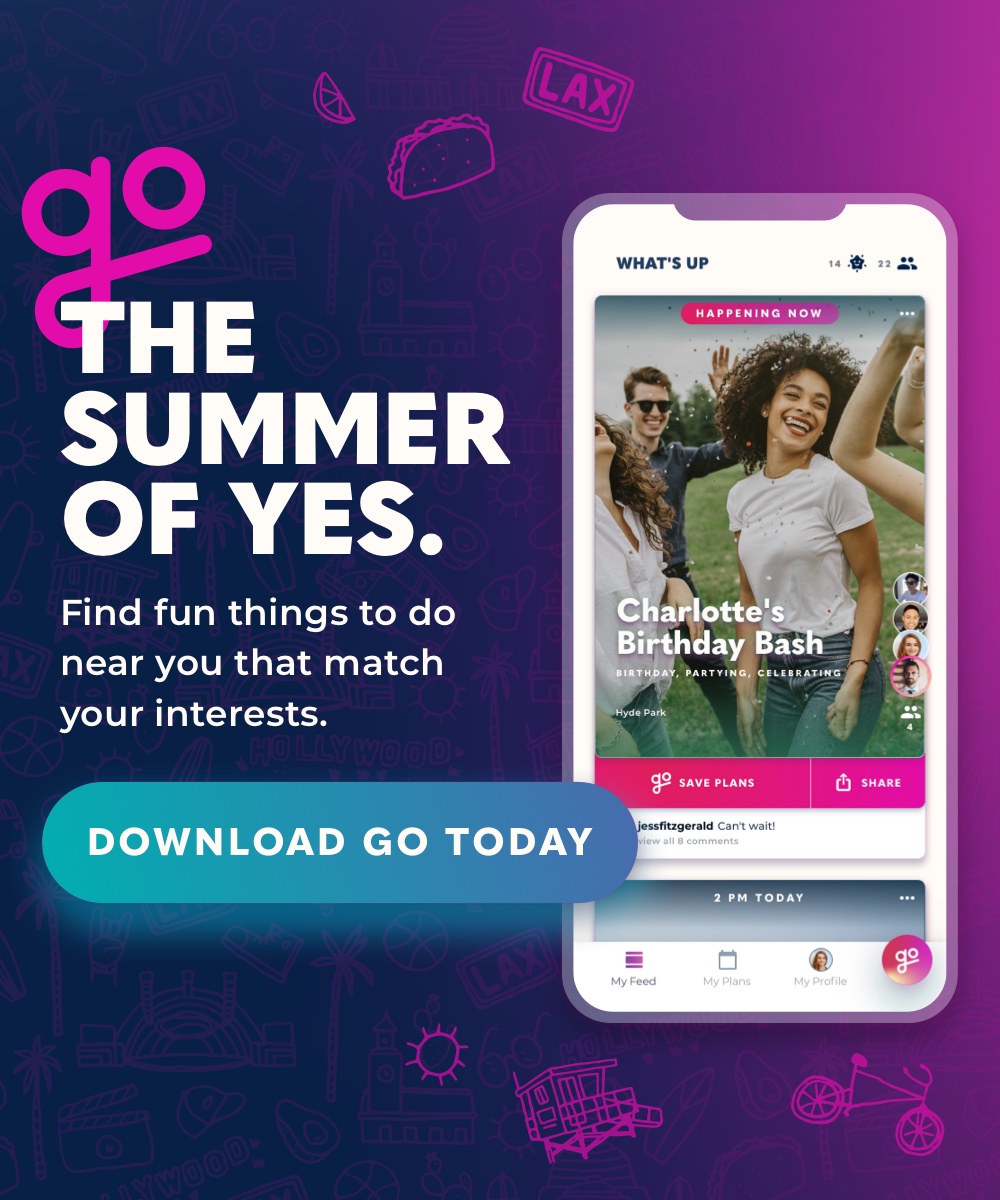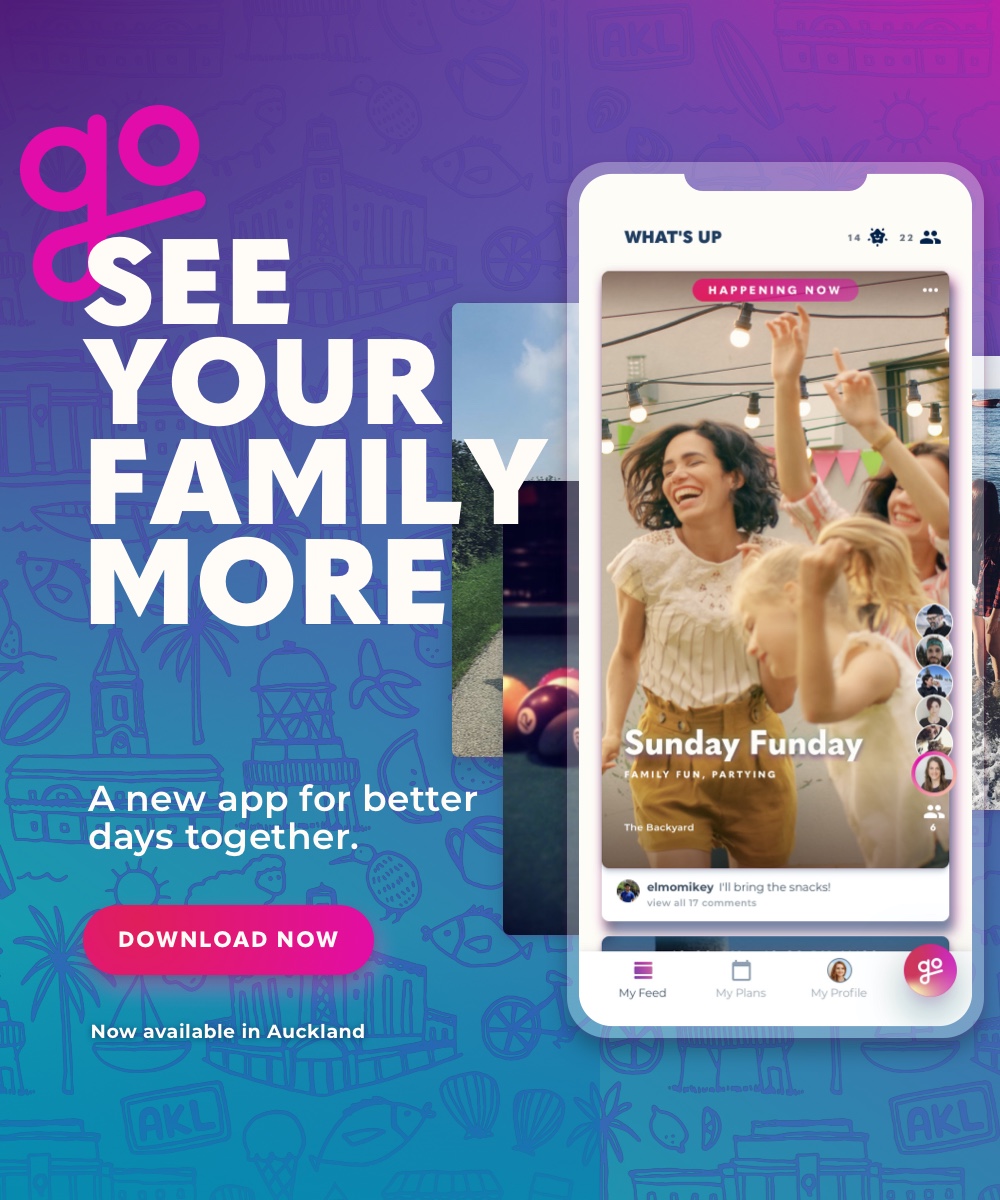From employee 1 to the second biggest app in New Zealand.
During Covid.
A bleary-eyed coffee shop meeting with the two founders in early 2019 led to a two-year journey articulating the vision of what a different, better kind of social network could be—one built with the epidemiological end of getting people off facebook, off their phones, and back together face-to-face in the real world. Spoiler: a pandemic loomed.
An interesting decision in hiring a creative director for the first role directly influenced the polish of our fundraising materials, brand, interface, product, and marketing that led directly to fundraising success, business and user outreach and user attention.
When I left Go, it was poised for its US launch (finally) and timed for the end of Covid in July (it didn't end). 40+ employees, 7+million dollars in seed funding (including the largest ever investment led by CavAngels), the number 2 social app in New Zealand (not to mention going from 0-20k users in 6 weeks), top 10 in Australia, 4.3 rated in the app store, over-performing marketing and brand — and well-positioned to continue that success in more countries with a staffing plan, marketing campaign and 6ish months of prepped interface work.
After all this? It's still the story of a startup and still a dream of what could be.
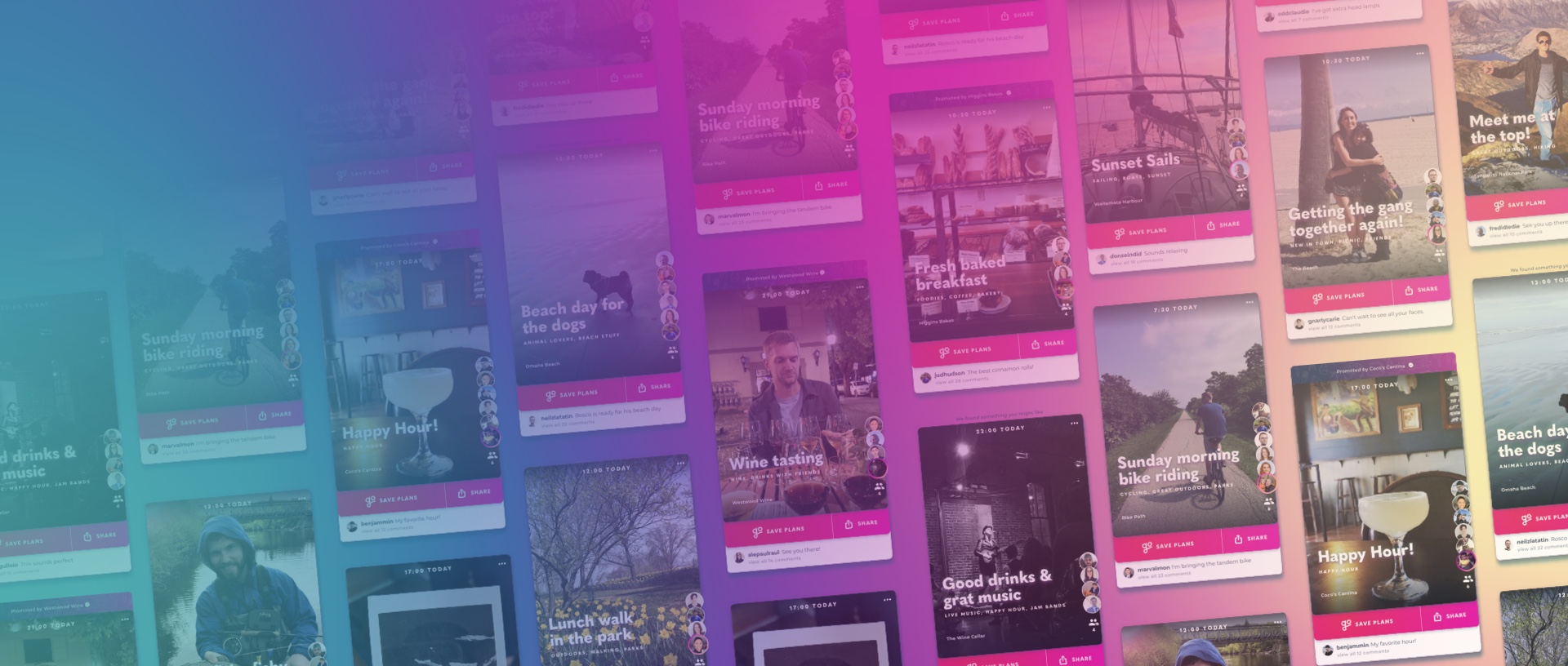
TOGETHER PRETTY MUCH THE WHOLE ENCHILADA
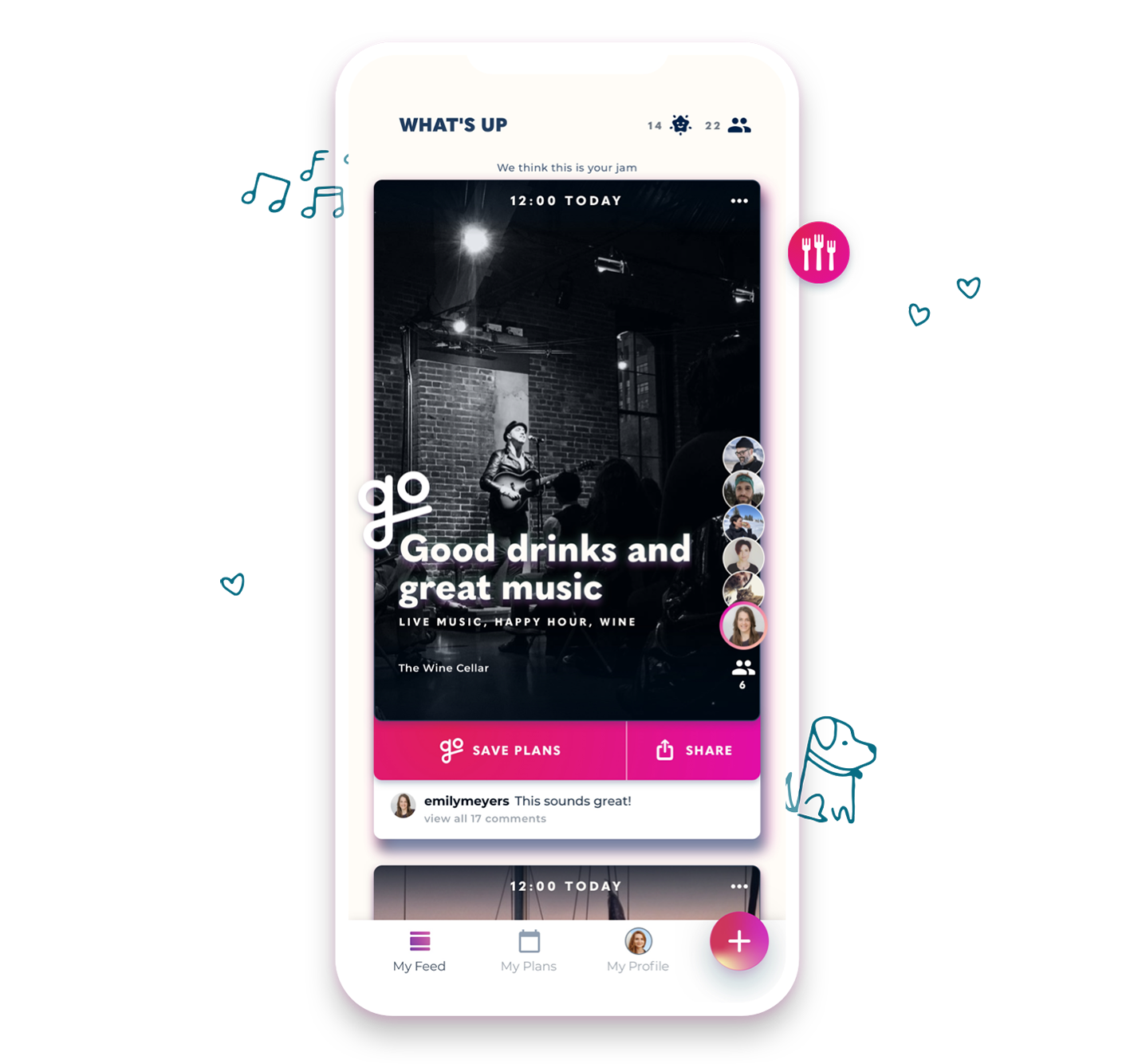
Comprehensive messaging, identity, illustration and iconography helped translate the socially activist internal purpose into a joyous consumer-facing one.
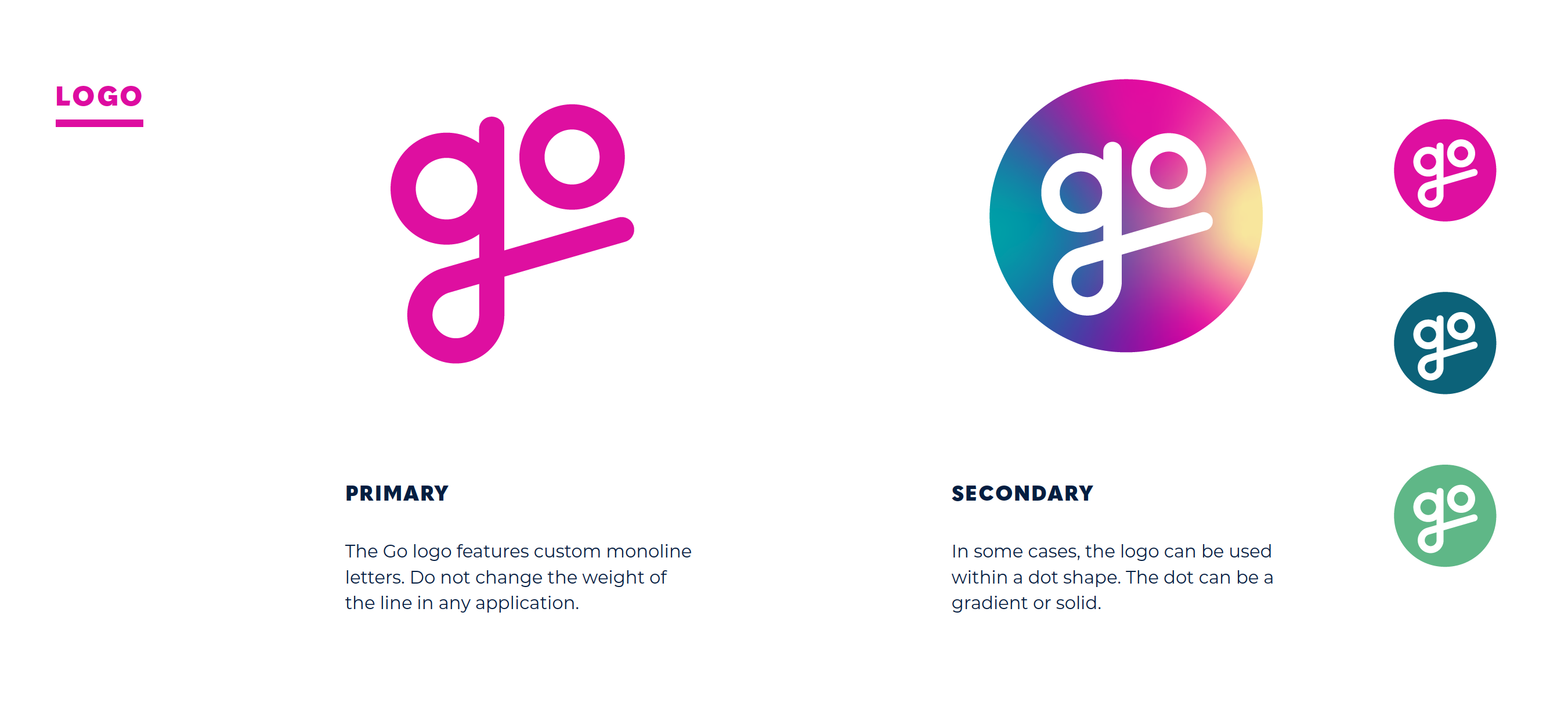
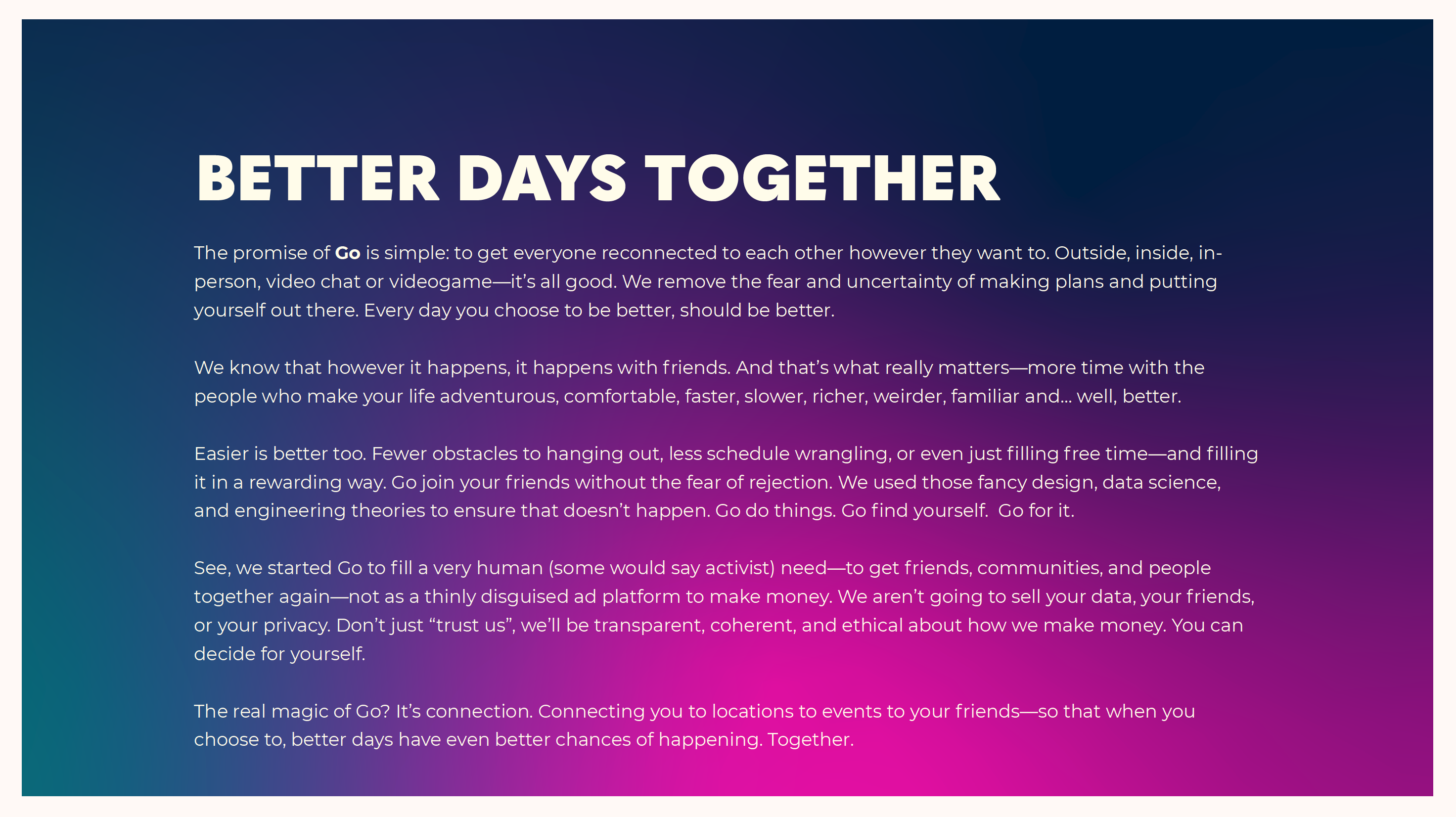
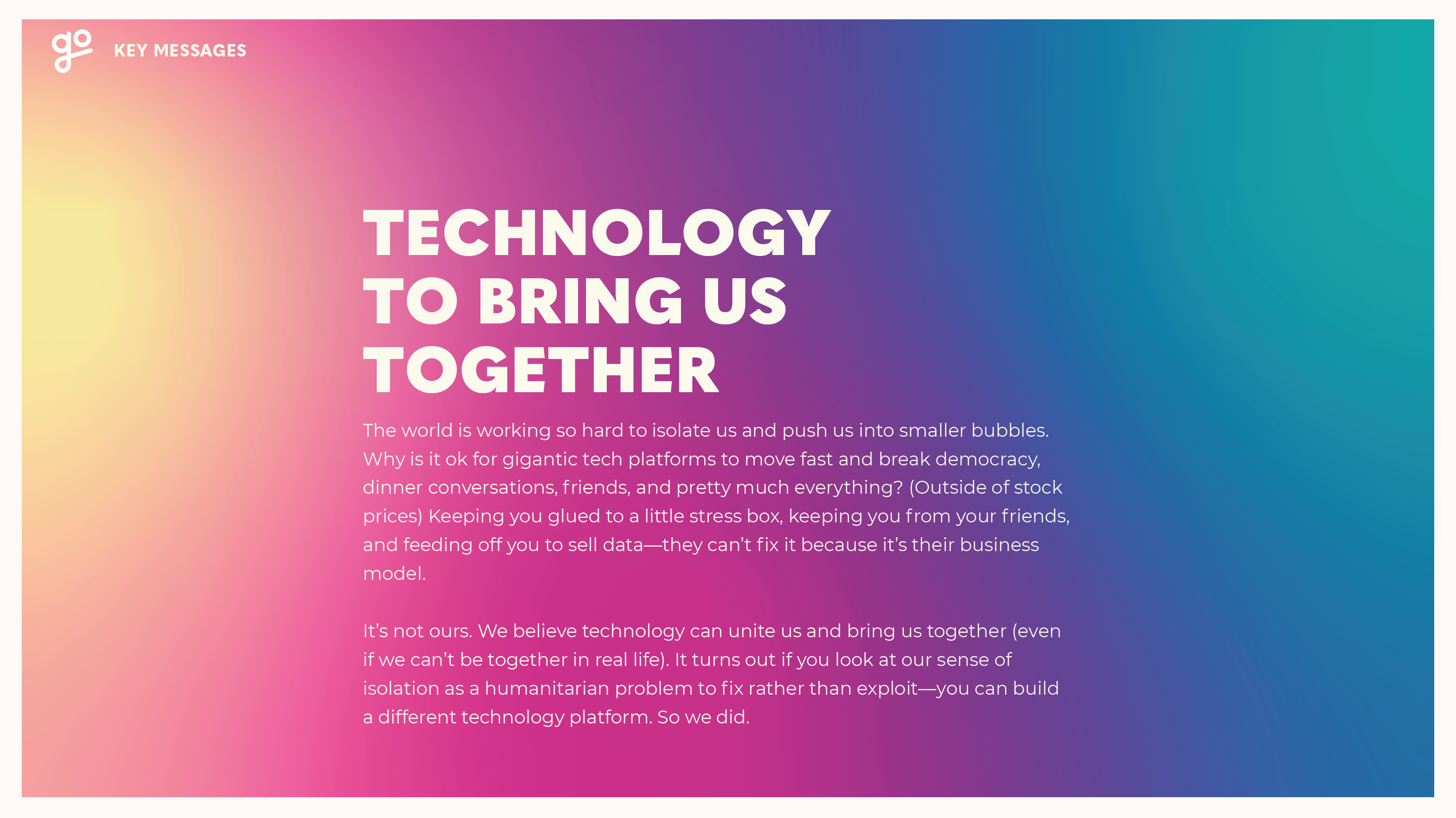
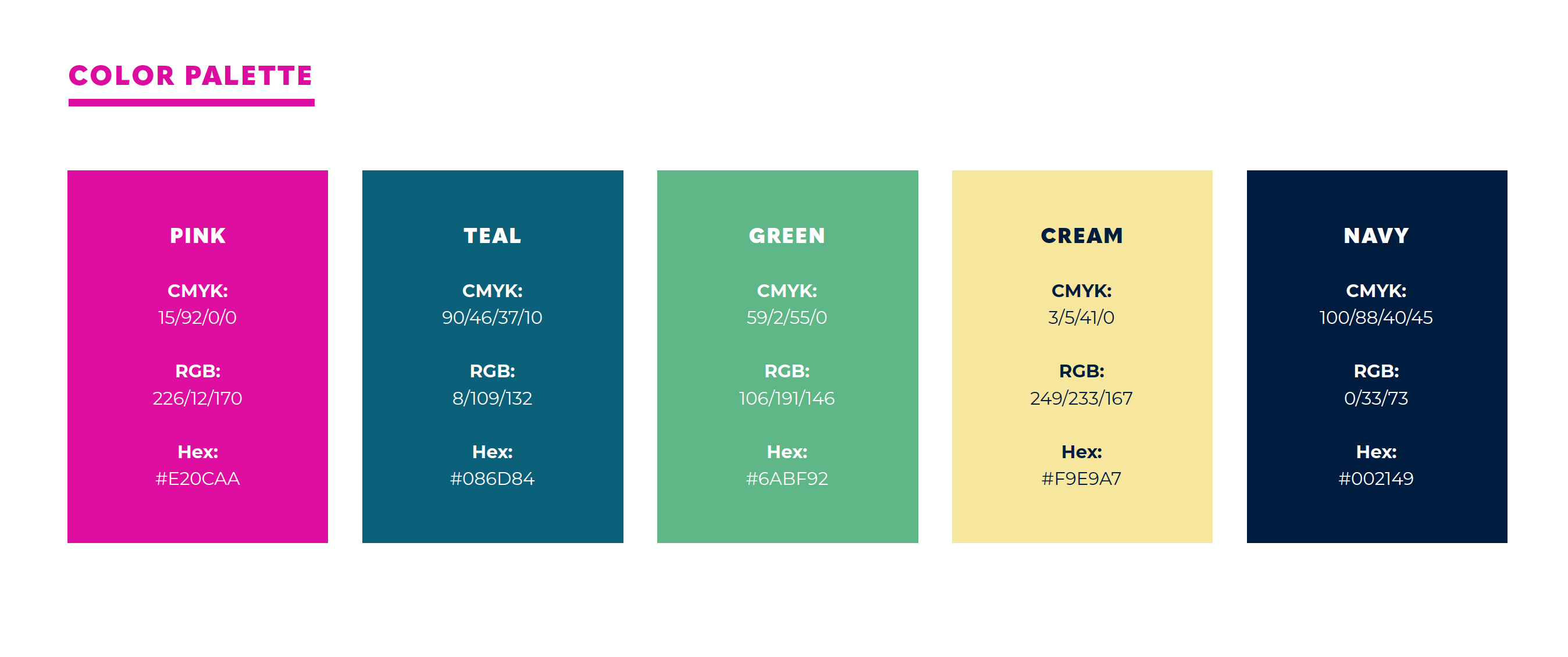
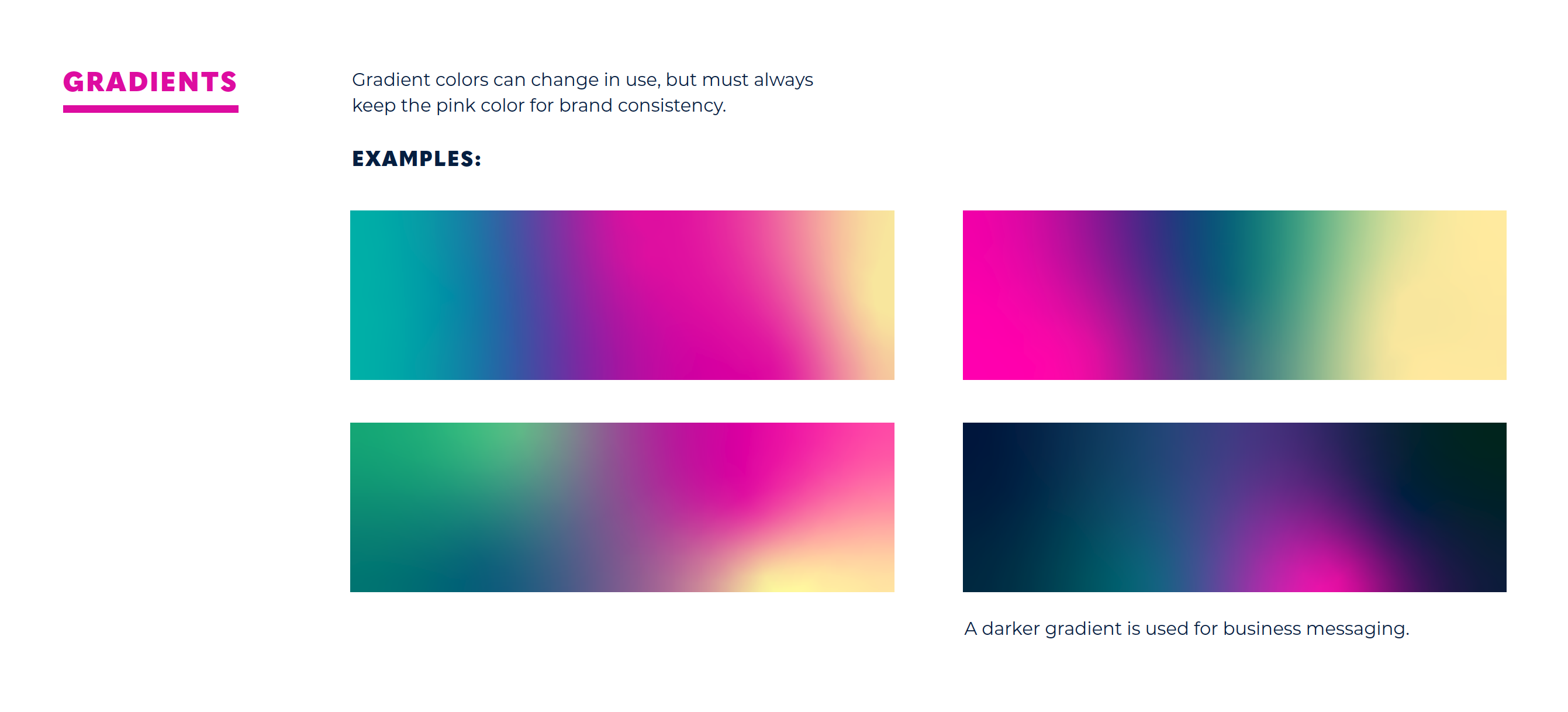

One of the early and primary responsibilities of mine was the product UX and UI over the course of multiple pivots and user research.
This is all very much just the tip of the iceberg.

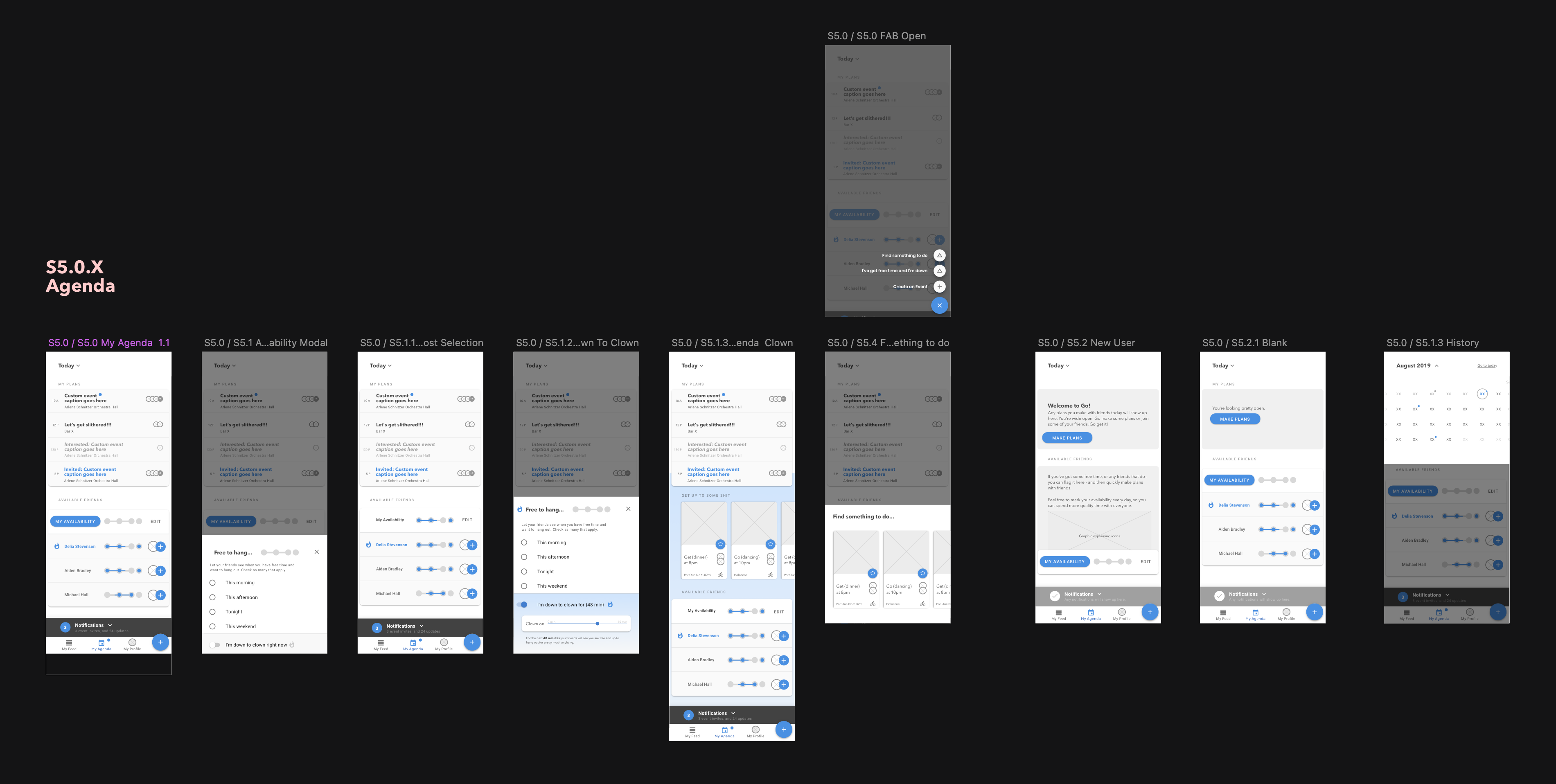
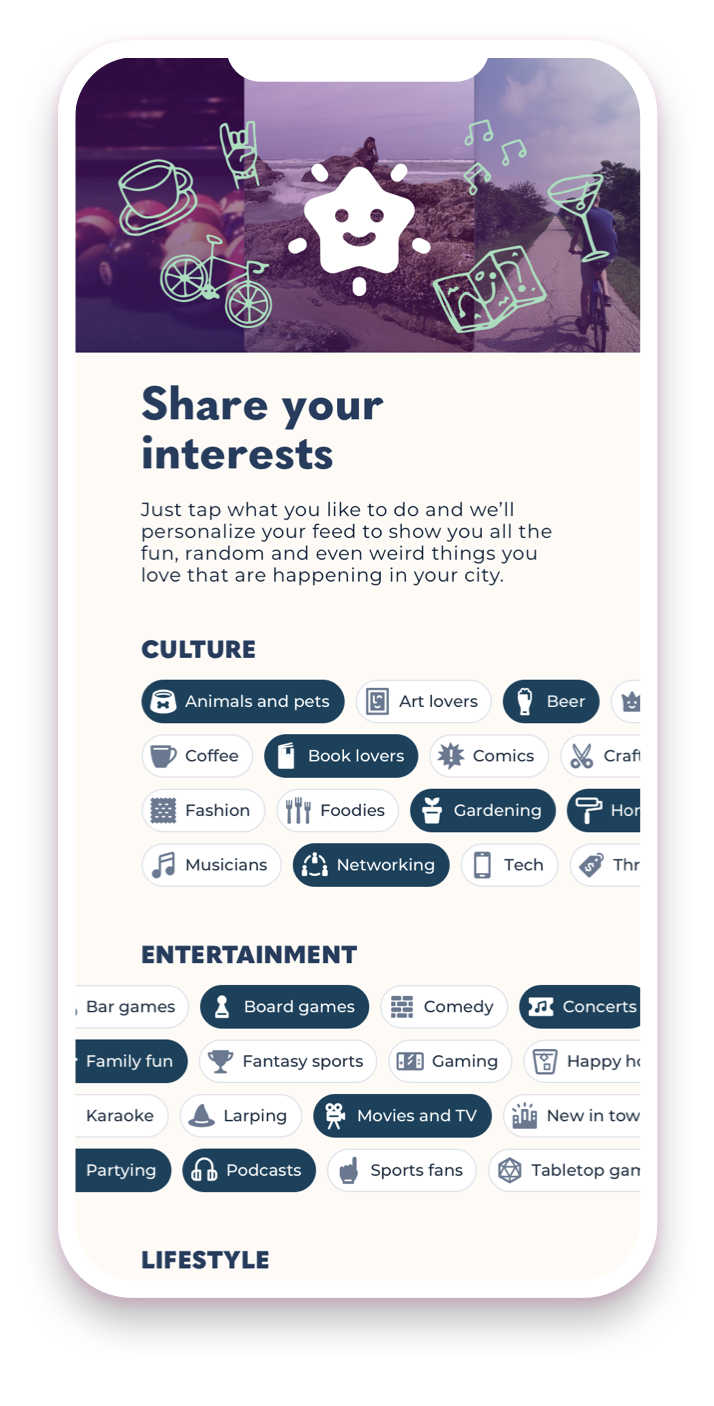
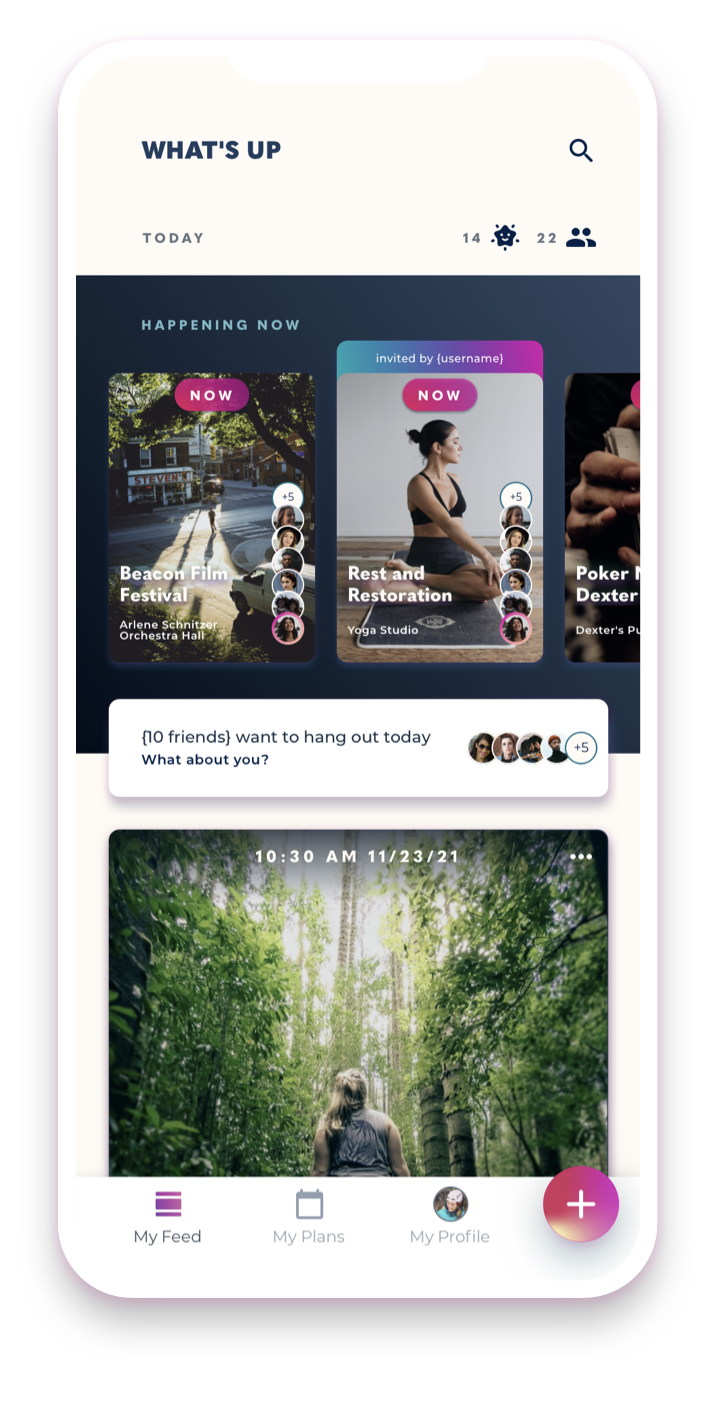
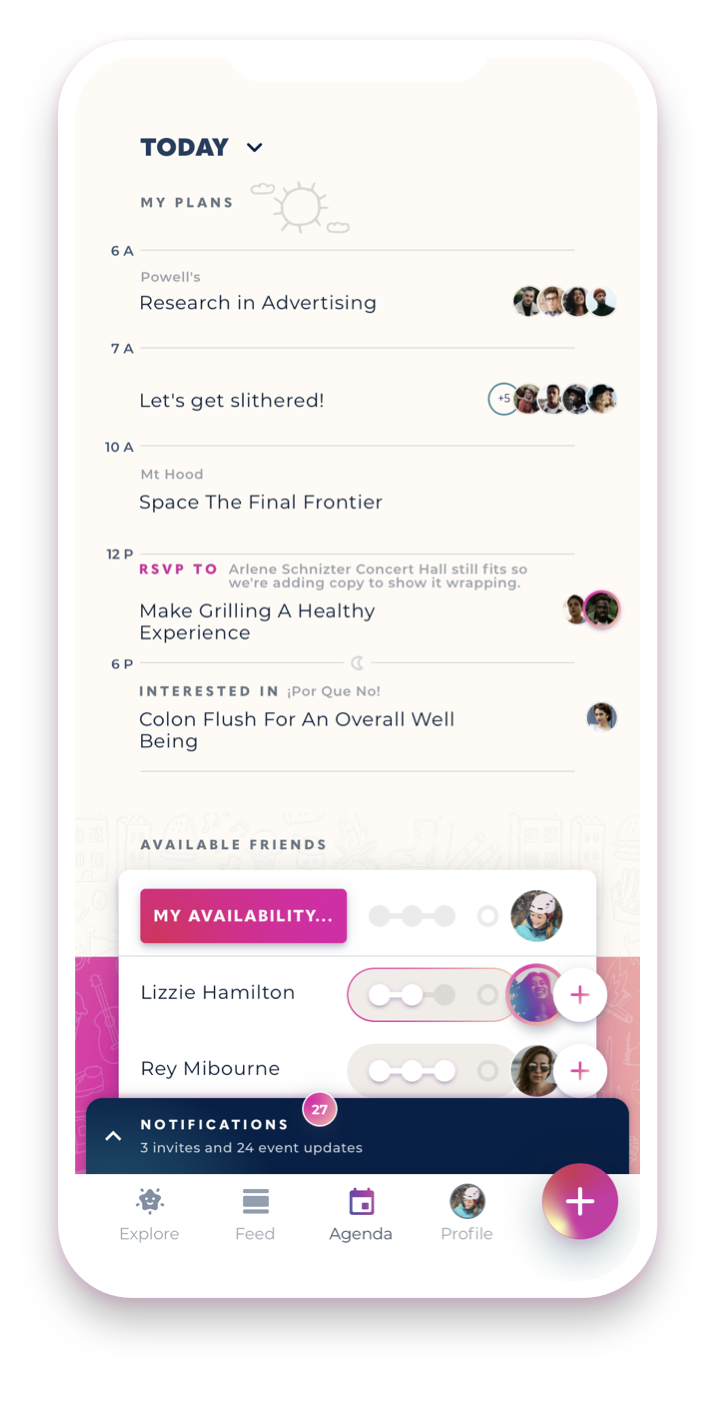
A colorful, card interface
Our palette combined with user imagery and color to provide an integrated, joyous experience. Sliding plates allow for attached interactions and additional functionality and focus.
Down to clown?
A user could set a flag in the app to blast their friends that they were immediately up and available to get into some shenanigans. The app UI would change appropriately.
Primarily for brand, business outreach and fundraising—the site brought Go to life with subtle animations, and tonal touches.
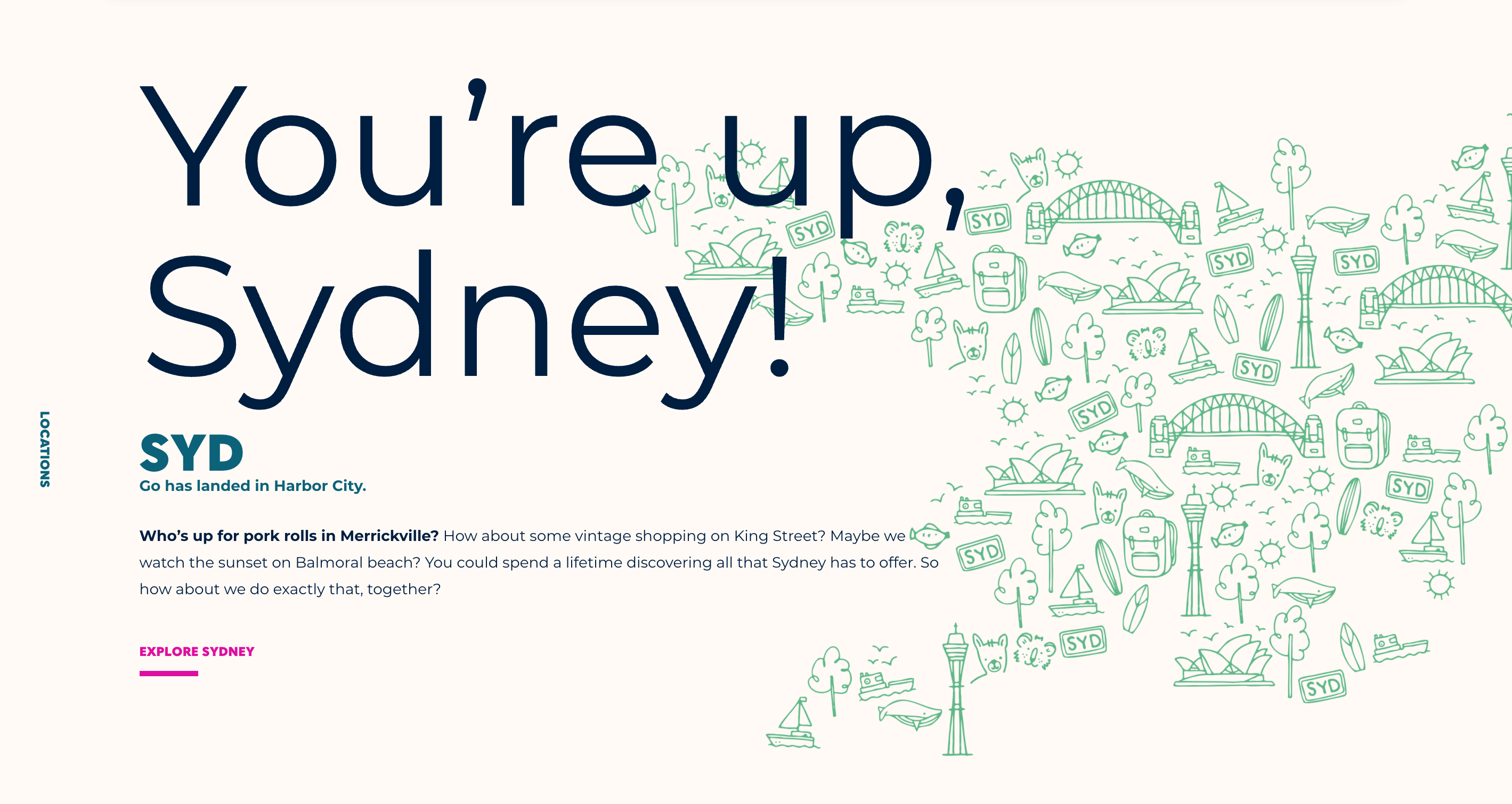

Focused in New Zealand, with vastly over-performing creative that drove downloads, raised interest, used social influencers, was playful — and more than anything resonated
with our target audience.
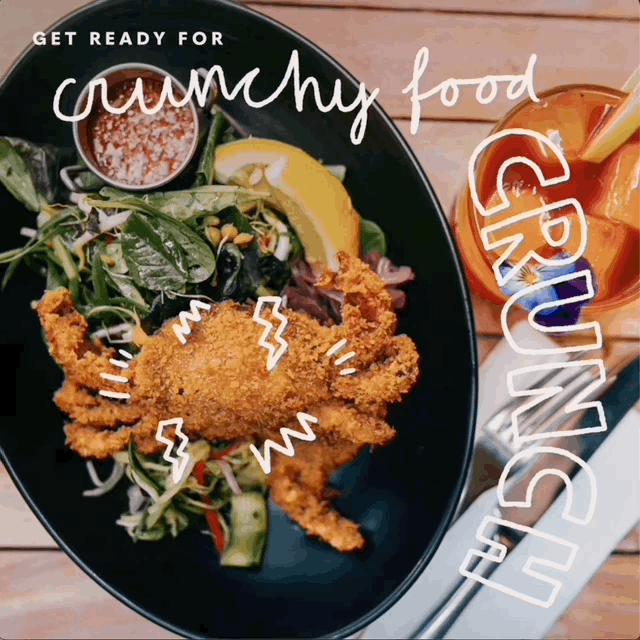
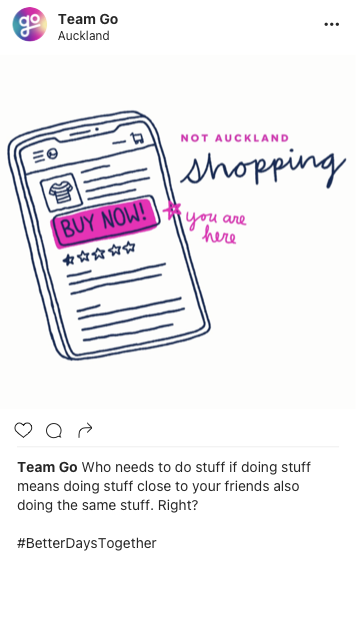
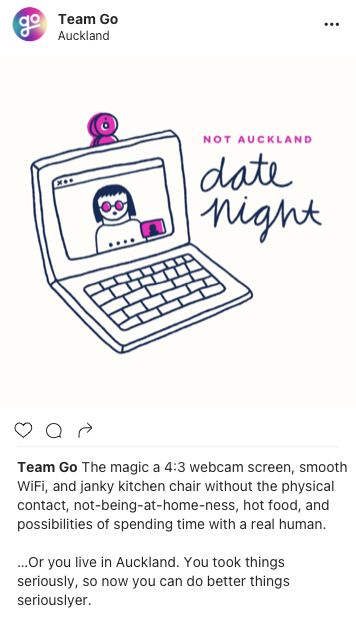
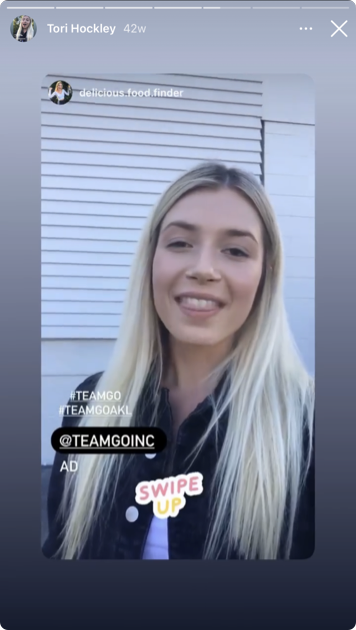
Influence and enthusiasm
Our social strategy was focused on using local influencers to highlight intended usage and results. Our branded channel would pay off visits with irreverent, and weird content about the joy of doing stuff again after lockdown.
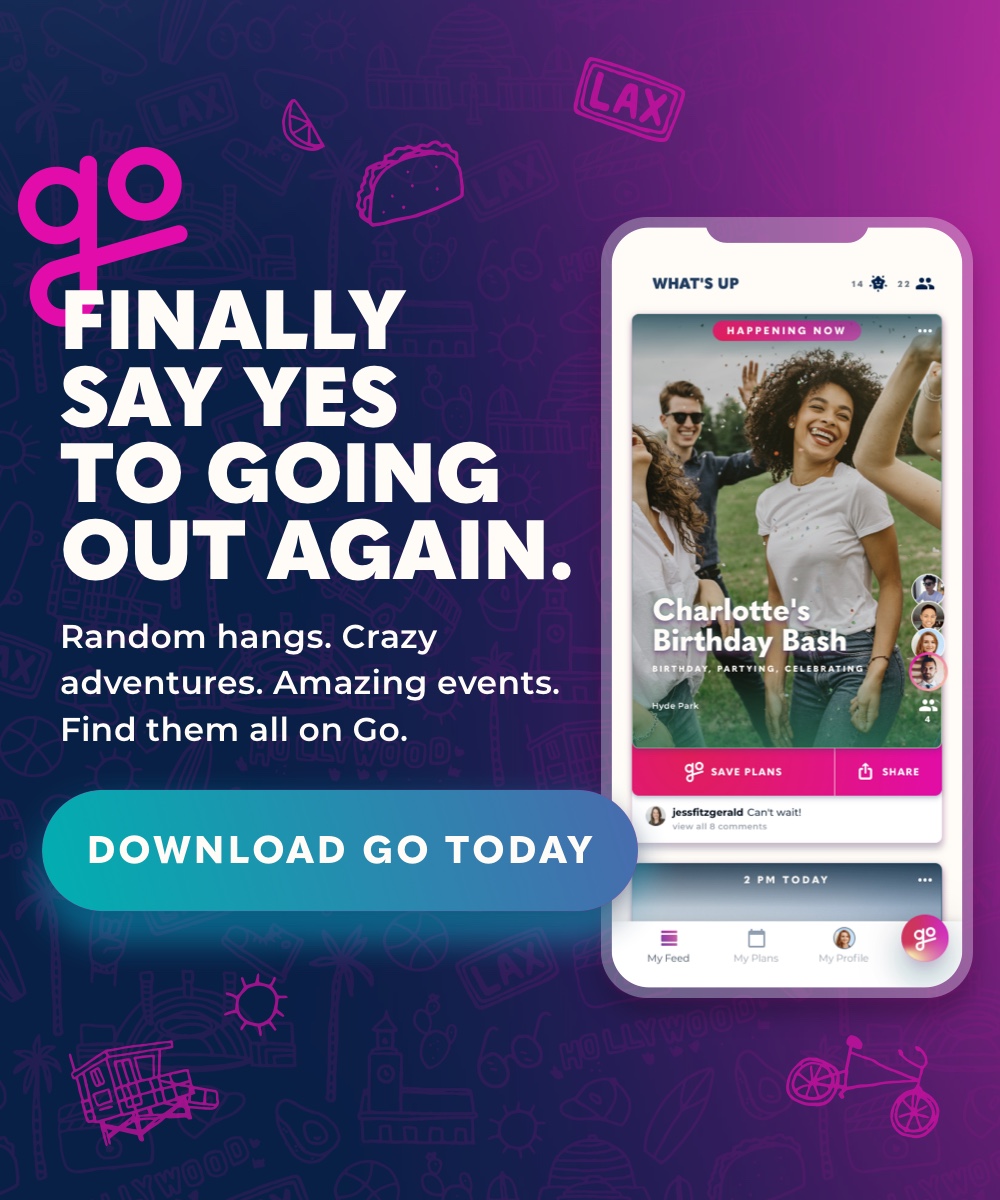
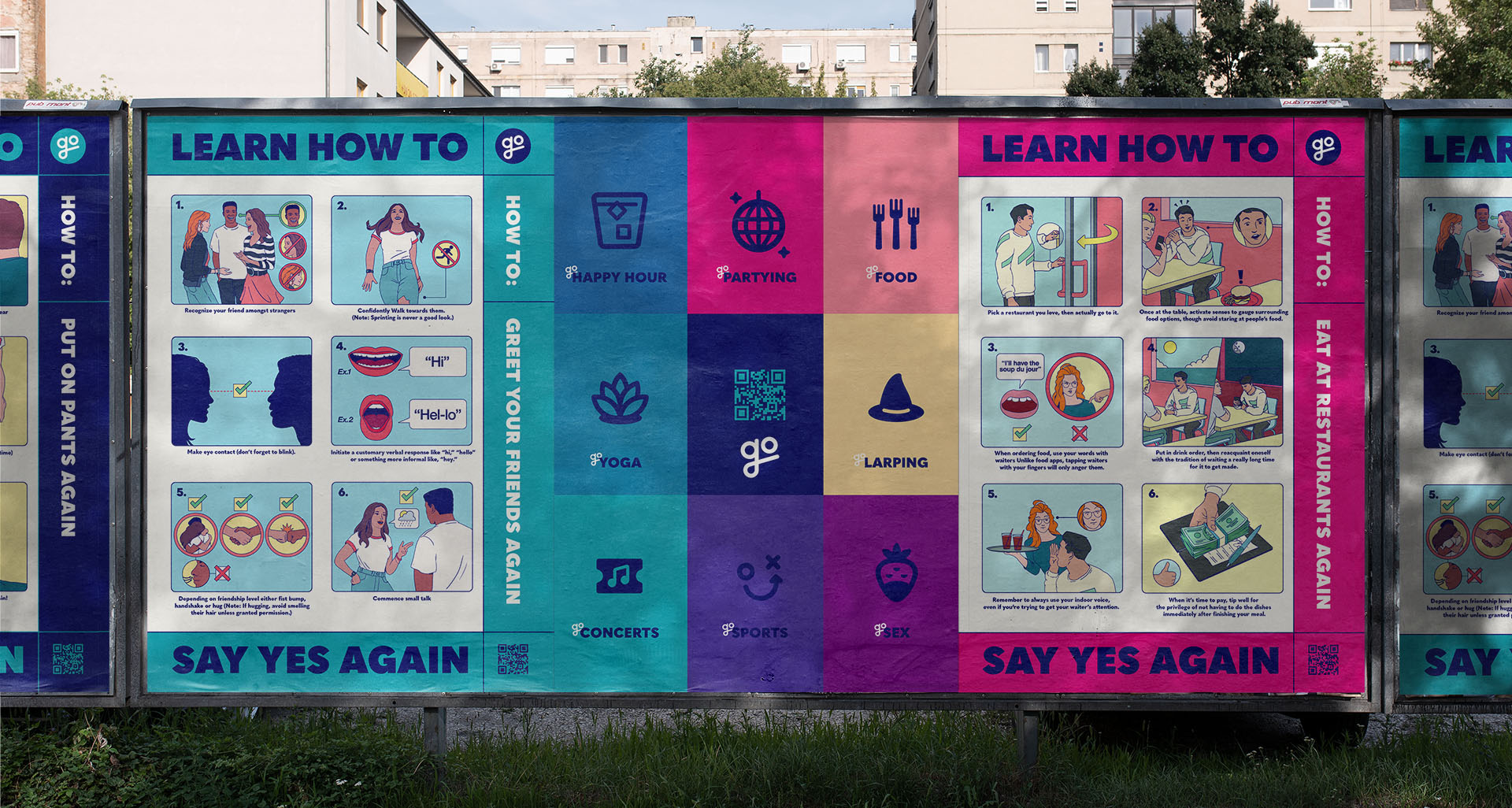
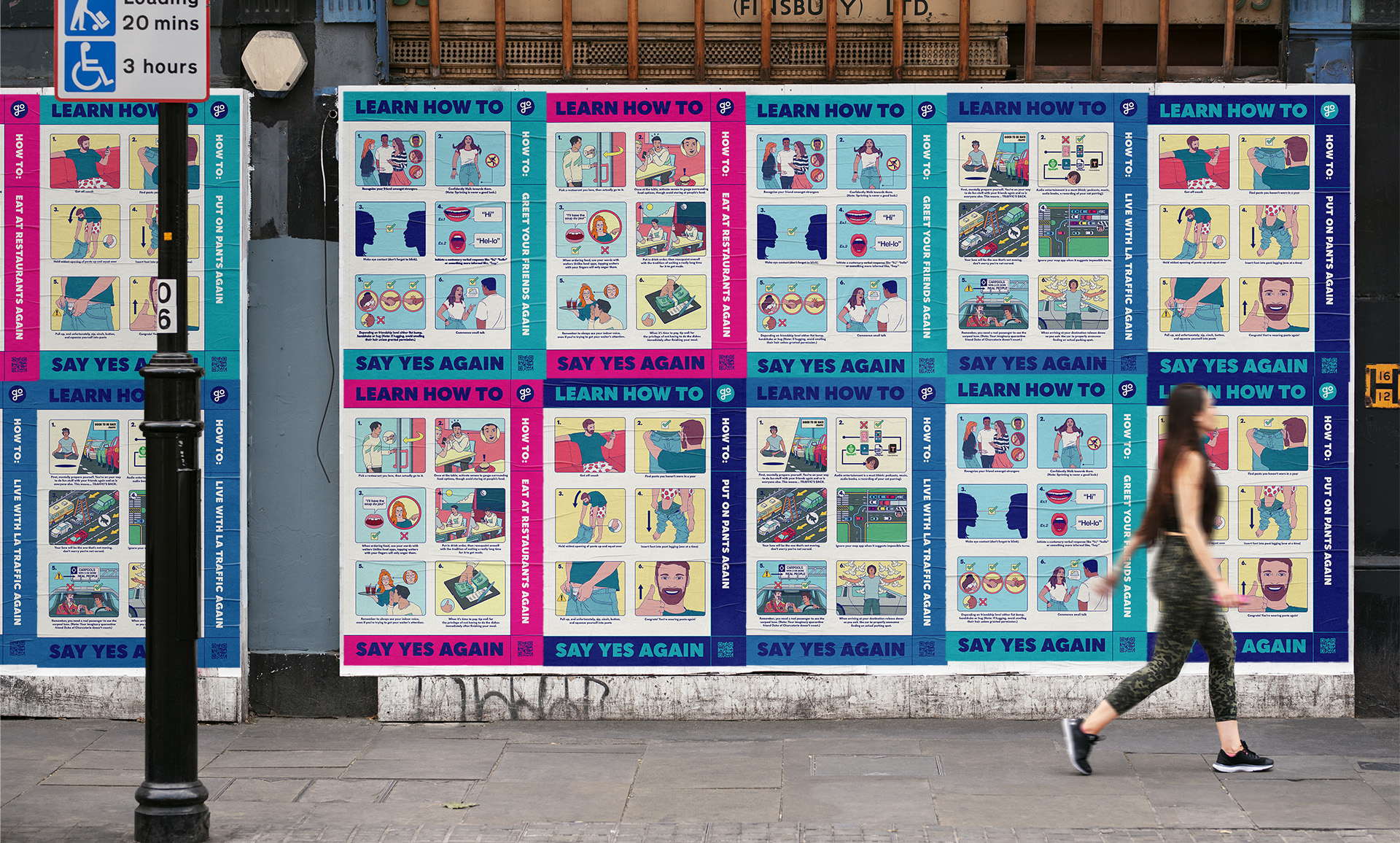
You made it, congrats! I know that's a lot to scroll through, but it really is pretty wild to even slice the top off all the icebergs from two years of work and have it take up this much space.
Which is, after all-the point. It's a complete brand. Starting with literally nothing. And how often does that opportunity occur?
The other advantage of hiring a multivariate CD as the first role meant that I was able to wear multiple hats, with the experience and capabilities to scale ad-hoc or permanent staff as needed. This essentially allowed for Go to punch way above its weight, fielding AAA agency-grade marketing and branding work for a fraction of the cost–while being able to deeply integrate that into the product ethos.
The great part about this other connectivity is that we were able to ensure that the brand values were communicated bi-directionally, instead of only being skin-deep.
This brand cohesion resonated quite well with VCs, other businesses in our end-client outreach program, prospective hires, and end users.
